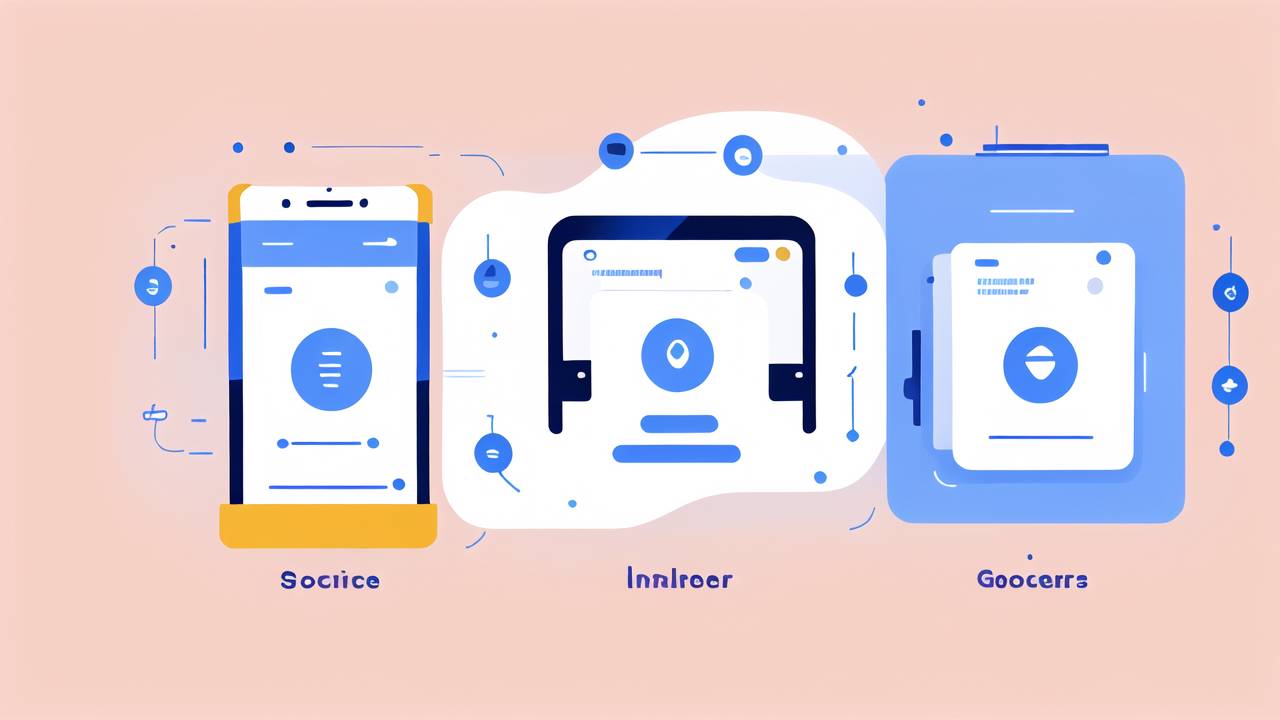The Evolution of Wearable Technology in the United States
Understanding the Smart Watch Revolution
Smart watches have come a long way since their inception. They've evolved from simple timepieces to powerful devices. These gadgets now offer a wide range of features and functions. They can track our health, connect us to the internet, and even make calls.

The revolution began with basic fitness trackers. These devices counted steps and estimated calories burned. Now, smart watches can monitor heart rate, sleep patterns, and even blood oxygen levels. They've become an extension of our smartphones, right on our wrists.
Smart watches have also become more stylish. They now come in various designs to suit different tastes. From sleek and modern to classic and elegant, there's a smart watch for everyone.
Advancements in Fitness and Health Metrics
Fitness and health tracking have seen significant improvements in smart watches. These devices now offer more accurate and detailed data. They can monitor various health metrics in real-time.
Some key advancements include:
- Continuous heart rate monitoring
- Sleep tracking with detailed analysis
- Stress level detection
- Blood oxygen level measurement
- ECG capabilities in some models
These features allow users to take a more proactive approach to their health. They can spot potential issues early and make informed decisions about their lifestyle.
Many smart watches now integrate with fitness apps. This allows users to set goals, track progress, and get personalized workout suggestions.
The Integration of AI and Machine Learning in Wearables
Artificial Intelligence (AI) and Machine Learning (ML) have revolutionized wearable technology. These technologies make smart watches smarter and more personalized.
AI algorithms can analyze data from various sensors in real-time. This allows for more accurate health and fitness tracking. It can also provide insights and recommendations based on user behavior.
ML enables smart watches to learn from user habits and preferences. Over time, the device can offer more tailored suggestions and alerts. For example, it might remind you to stand up if you've been sitting too long.
AI and ML also power features like voice assistants and predictive text. These make interacting with smart watches easier and more intuitive.
Consumer Adoption and Market Trends
The Growing Demand for High-Tech Wearables
The demand for high-tech wearables has been steadily increasing. Consumers are showing more interest in devices that offer advanced features. This trend is driven by several factors.

Firstly, there's a growing awareness of health and fitness. People want tools to help them monitor and improve their well-being. Smart watches provide an easy and convenient way to do this.
Secondly, the integration with smartphones has made wearables more useful. They allow users to stay connected without constantly checking their phones. This is especially appealing in today's fast-paced world.
Lastly, as technology improves, wearables are becoming more affordable. This makes them accessible to a wider range of consumers.
Analyzing Consumer Behavior and Preferences
Consumer behavior and preferences in the wearable market are evolving. Users are looking for devices that offer more than just basic functions.
Some key trends include:
- Preference for longer battery life
- Desire for more accurate health tracking
- Interest in customizable designs and watch faces
- Demand for waterproof and durable devices
- Appreciation for seamless integration with other smart devices
Privacy is also a growing concern. Consumers want devices that protect their personal data. They're looking for transparent data policies and strong security features.
Impact of Innovative Features on Purchase Decisions
Innovative features play a crucial role in purchase decisions. Consumers are often willing to pay more for devices with advanced capabilities.
Some features that significantly influence buying choices include:
- Advanced health monitoring (like ECG and blood oxygen measurement)
- Built-in GPS for accurate fitness tracking
- Contactless payment options
- Long battery life and fast charging
- Voice assistant integration
- Cellular connectivity for standalone use
The ability to customize and personalize the device is also important. Users want to make their smart watch truly their own.
Future Outlook and Opportunities
Potential Developments in the Wearable Industry
The wearable industry is poised for exciting developments. Future smart watches may offer even more advanced features and capabilities.

Some potential developments include:
- Non-invasive blood glucose monitoring
- More accurate sleep analysis and recommendations
- Enhanced AR experiences through the watch display
- Improved battery technology for longer use
- Integration with smart home devices for seamless control
We might also see new form factors beyond the traditional watch design. Smart rings and smart clothing could become more mainstream.
How Wearable Tech is Shaping the Future of Fitness and Health
Wearable tech is revolutionizing how we approach fitness and health. It's making it easier for people to take control of their well-being.
In the future, we may see even deeper integration with healthcare systems. Smart watches could potentially detect health issues before symptoms appear. They might even be able to alert emergency services in case of a medical emergency.
Personalized fitness plans based on real-time data could become more sophisticated. This could help users achieve their health goals more effectively.
The Role of Wearables in Personalized Experiences
Wearables are set to play a significant role in creating personalized experiences. They collect vast amounts of data about our habits and preferences.
This data could be used to tailor various aspects of our lives. From suggesting the best time for a workout to recommending nearby restaurants based on our tastes.
In the workplace, wearables could help optimize productivity and well-being. They might suggest breaks or adjust lighting based on our stress levels.
The key will be balancing these personalized experiences with privacy concerns. As wearables become more integrated into our lives, ensuring data security will be crucial.




Leave a comment
This site is protected by hCaptcha and the hCaptcha Privacy Policy and Terms of Service apply.